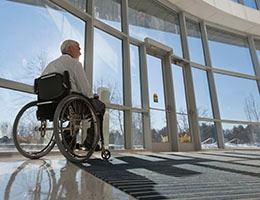
A chief complaint of pain is one of the most common encountered by practitioners in any specialty. The pain may be acute or chronic. It may be located in the abdomen, chest, head or any other body part. It may be spontaneous in onset or may be due to an injury. It can range from minimal discomfort to a 15 on the pain scale of 1 to 10. The seriousness of the pain may vary from life-threatening to embarrassingly minor.The patient’s description of pain may be pinpointed and exact or agonizingly vague. Regardless of its characteristics, pain is what brings patients to healthcare providers by the millions every year.









